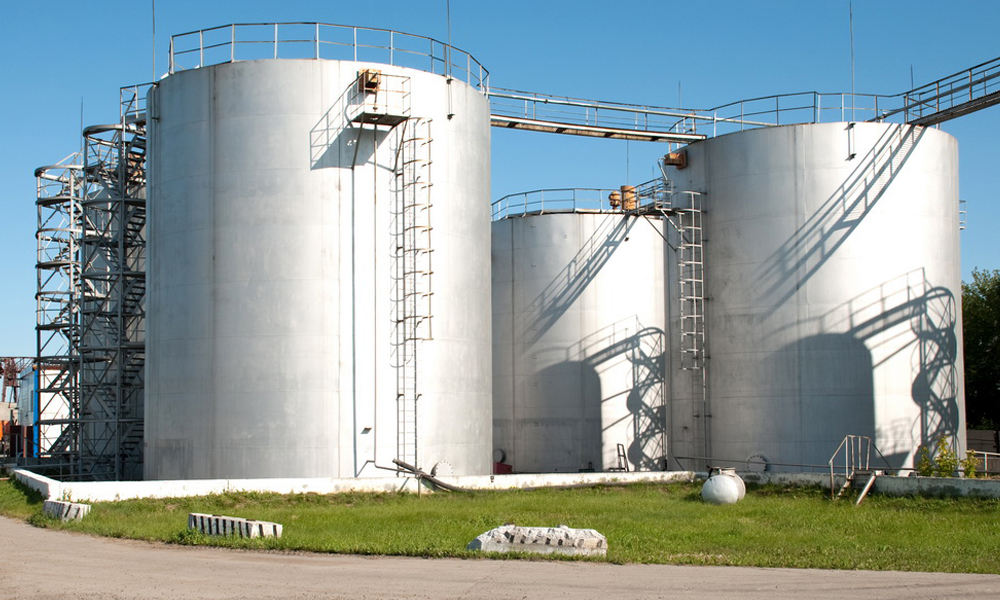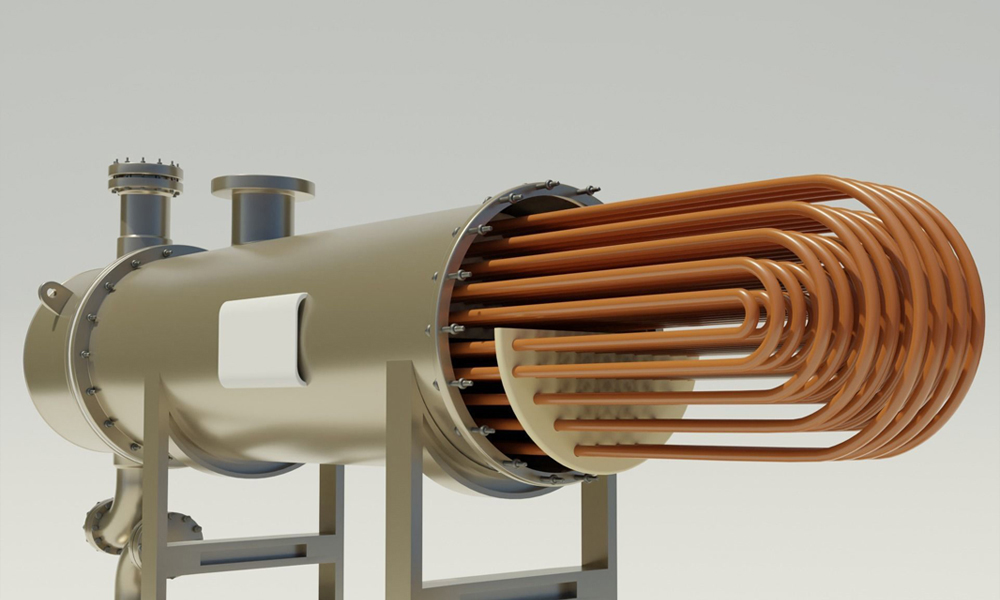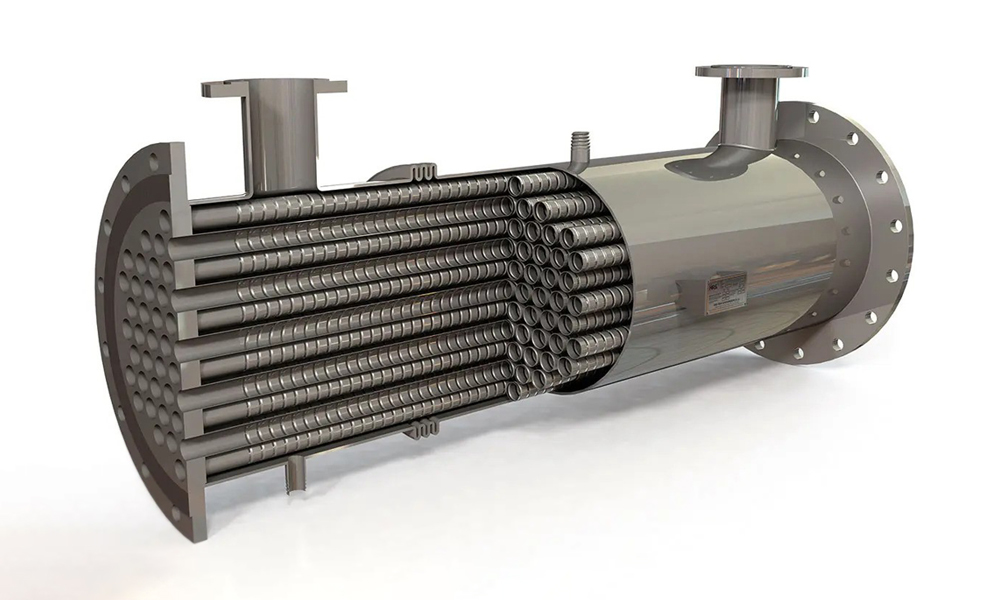Selecting refinery equipment is one of the most critical stages in the design and operation of refineries and petrochemical units. Suitable equipment not only enhances the efficiency of processes but also ensures safety, operational stability, and economic savings. This article provides a comprehensive guide for engineers, project managers, and decision-makers in the oil and gas industry, helping them make informed and optimized choices by considering technical, environmental, economic, and safety aspects.
Understanding the refining process needs
The first step in selecting refinery equipment is understanding the specific processes that the equipment will support. Each refinery or petrochemical unit has unique processes, which may include separation, purification, conversion, or storage of fluids. For instance, heat exchangers are used to transfer heat between fluids, while pumps and compressors are responsible for fluid transfer or pressure increase. A clear understanding of these needs allows for the selection of equipment tailored to the flow rate, temperature, pressure, and type of fluid involved.
Special attention should also be paid to the characteristics of the process fluids. Corrosive fluids, high-viscosity fluids, or those containing solid particles may require equipment with specific materials or designs. For example, in processes involving acidic fluids, alloys such as 316 stainless steel or Monel may be necessary. Ignoring these factors can lead to early equipment failure and increased maintenance costs.
Production capacity is also a crucial factor in selecting equipment. Choosing equipment with either lower or higher capacity than required can result in decreased productivity or wasted financial resources. Therefore, precise engineering calculations and process simulations before purchasing equipment are vital.
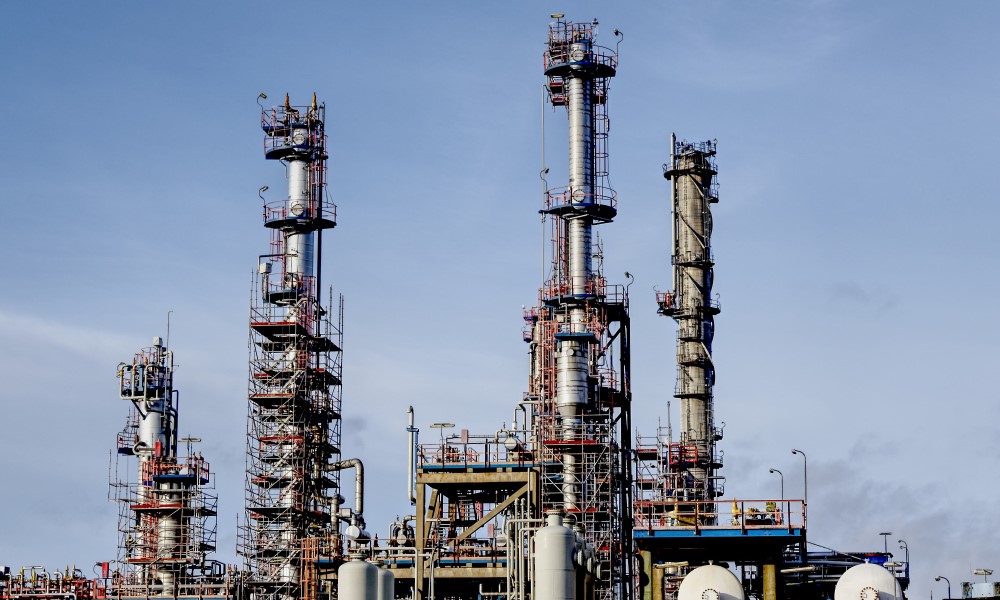
Choosing the right materials for equipment
One of the key factors in selecting refinery equipment is the material used in their construction. Harsh refinery environments, such as high temperatures, high pressures, and corrosive fluids, necessitate careful material selection. Incorrect material choice can lead to rapid equipment failure, fluid leakage, or even hazardous accidents. For example, in environments with hydrogen sulfide (H₂S), using ordinary carbon steel may result in stress corrosion cracking.
Engineers should consider international standards such as ASME, API, and NACE to select materials with adequate resistance. Nickel-based alloys or titanium are suitable for highly corrosive environments, though they come at a higher cost. On the other hand, stainless steel may be a more cost-effective option for certain applications. This decision should be made based on the project budget and the expected lifespan of the equipment.
In addition to corrosion resistance, the material must be compatible with the operational temperature and pressure. For instance, alloys resistant to heat, such as chromium-molybdenum steel, are used in furnaces or heaters with very high temperatures. Also, the ease of inspection, repair, and maintenance of materials should be considered, as some materials require special welding or repair methods.
Adherence to standards and safety certifications
Adhering to standards and obtaining safety certifications for refinery equipment is essential. Standards such as API 610 for pumps, API 650 for storage tanks, and ASME Section VIII for pressure vessels provide specific criteria for designing, manufacturing, and testing equipment. Selecting equipment built according to these standards ensures that the equipment will perform safely and reliably under harsh operating conditions.
Management and safety certifications, such as ISO 9001 and OHSAS 18001, reflect the manufacturer’s commitment to quality and safety. In many countries, refinery equipment must comply with local environmental or industrial safety regulations, and failure to meet these requirements can lead to hefty fines or even project delays.
Performance tests and periodic inspections offered by reputable manufacturers provide valuable insights into equipment reliability and play a crucial role in the selection process.
Energy efficiency and consumption optimization
High energy consumption is one of the major challenges in refineries. Equipment such as refinery furnaces, turbines, and compressors consume large amounts of energy, and selecting high-efficiency equipment can help reduce operational costs and improve environmental sustainability. For instance, high-efficiency gas turbines reduce fuel consumption and greenhouse gas emissions.
Also read: Introduction to Refinery Furnaces
Using advanced heat recovery technologies, such as heat exchangers, can recycle waste heat and utilize it in other parts of the process. These actions not only improve energy efficiency but also reduce production costs.
Moreover, utilizing intelligent control systems, such as variable frequency drives (VFDs) in pumps and compressors, enables equipment performance to be adjusted based on process needs, leading to significant energy savings. A detailed cost-benefit analysis of these technologies before purchasing is crucial for determining the balance between initial costs and long-term savings.
Importance of equipment maintenance
Regular maintenance of refinery equipment ensures their safe and efficient operation. When selecting equipment, attention should be given to ease of access for repairs, availability of spare parts, and the quality of after-sales service provided by the manufacturer. Equipment with complex designs or hard-to-find parts may increase maintenance costs and prolong downtime.
Advanced monitoring technologies, such as vibration, temperature, and pressure sensors, allow real-time monitoring of equipment status and can be effective in early detection of issues. For example, compressor monitoring systems can identify early signs of wear or misalignment.
Planning for periodic inspections, cleaning, and preventive actions, particularly in heat exchangers and pipelines, is critical. Designing equipment that allows easy cleaning and inspection is a major advantage in reducing maintenance costs.
Environmental compatibility
Given the increasing scrutiny on the oil and gas industry due to environmental impacts, selecting refinery equipment should align with environmental standards. Using equipment that minimizes leaks or reduces greenhouse gas emissions is of utmost importance.
The use of leak-free control valves or low-NOx burners can help improve air quality and reduce pollutants. Equipment with lower energy consumption also contributes to a refinery’s carbon footprint reduction.
Attention to waste recycling processes and selecting equipment that facilitates material recycling or reduces industrial waste helps reduce costs and enhances the environmental sustainability of the project.
Selecting reliable suppliers
The quality of refinery equipment is highly dependent on the reputation of its supplier. Reliable suppliers not only provide quality products but also offer technical support and spare parts. Reviewing the supplier’s track record, previous projects, and customer reviews can provide valuable information regarding their reliability.
Trusted suppliers also have the capability to offer long-term support and respond quickly to operational needs. The country of origin for the equipment is also important, as manufacturing standards may vary by region, potentially impacting the equipment quality.
Supply contracts should include commitments related to support, warranties, and spare parts to minimize potential risks.
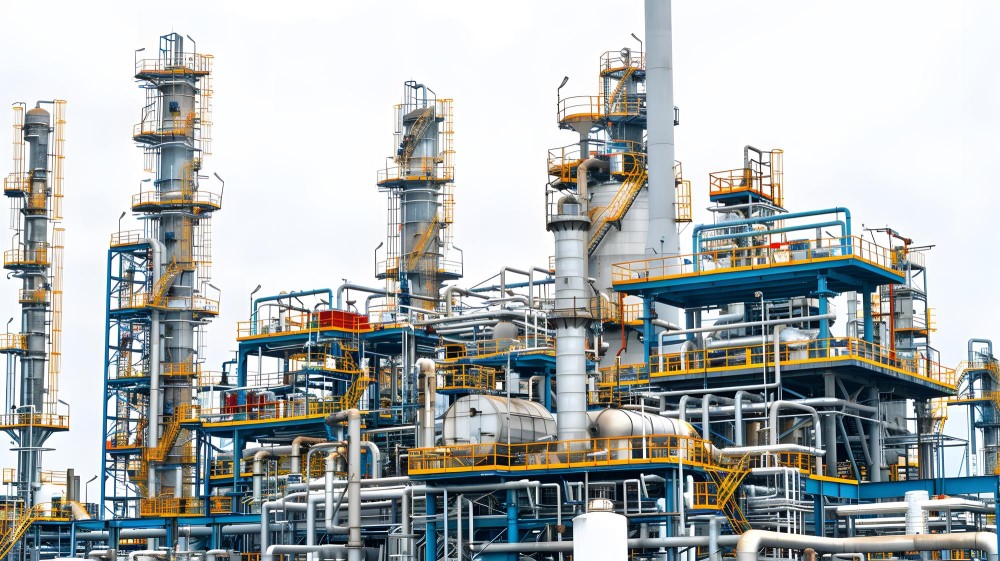
Cost and return on investment analysis
A detailed cost and return on investment (ROI) analysis is one of the most critical steps in selecting refinery equipment. High-quality equipment often has a higher initial cost but delivers better long-term ROI due to reduced repair, maintenance, and energy consumption costs.
When performing cost analysis, all lifecycle costs of the equipment, from purchase and installation to maintenance and energy use, should be considered. The expected lifespan of the equipment and its impact on operational productivity should also be factored into the calculations.
Some equipment may also offer the potential for upgrades or future development, which can increase the investment’s value. Equipment selection should strike a balance between initial costs and long-term benefits to achieve the best possible return.
References
- American Petroleum Institute (API). (2023). API Standards for Refinery Equipment. Retrieved from https://www.api.org/
- ASME. (2024). Boiler and Pressure Vessel Code. Retrieved from https://www.asme.org/
- NACE International. (2023). Standards for Corrosion Control in Refineries. Retrieved from https://www.nace.org/
- Emerson. (2024). Process Automation Solutions for Oil and Gas. Retrieved from https://www.emerson.com/
- Siemens. (2023). Energy Efficiency in Refining Processes. Retrieved from https://www.siemens.com/
- Petrochemical Equipment Manufacturers Association. (2024). Guidelines for Equipment Selection. Retrieved from https://www.pema.org/
Read more: All types of petrochemical equipment


